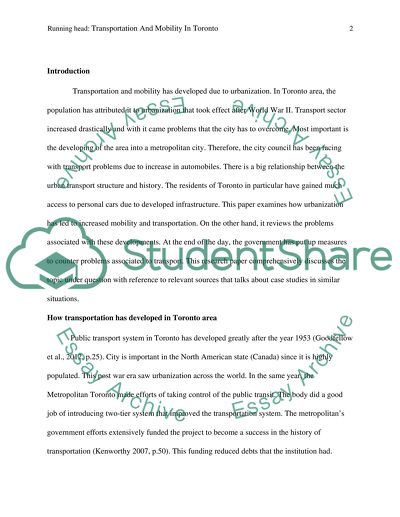Cite this document
(“Issues of Transportation and Mobility Under Urbanization Process Research Paper”, n.d.)
Issues of Transportation and Mobility Under Urbanization Process Research Paper. Retrieved from https://studentshare.org/geography/1483098-issues-of-transportation-and-mobility-under
Issues of Transportation and Mobility Under Urbanization Process Research Paper. Retrieved from https://studentshare.org/geography/1483098-issues-of-transportation-and-mobility-under
(Issues of Transportation and Mobility Under Urbanization Process Research Paper)
Issues of Transportation and Mobility Under Urbanization Process Research Paper. https://studentshare.org/geography/1483098-issues-of-transportation-and-mobility-under.
Issues of Transportation and Mobility Under Urbanization Process Research Paper. https://studentshare.org/geography/1483098-issues-of-transportation-and-mobility-under.
“Issues of Transportation and Mobility Under Urbanization Process Research Paper”, n.d. https://studentshare.org/geography/1483098-issues-of-transportation-and-mobility-under.


